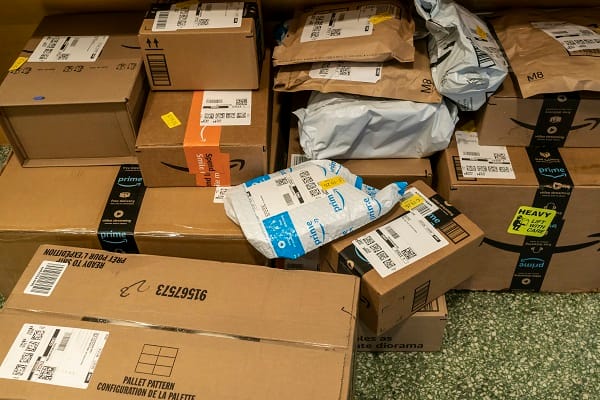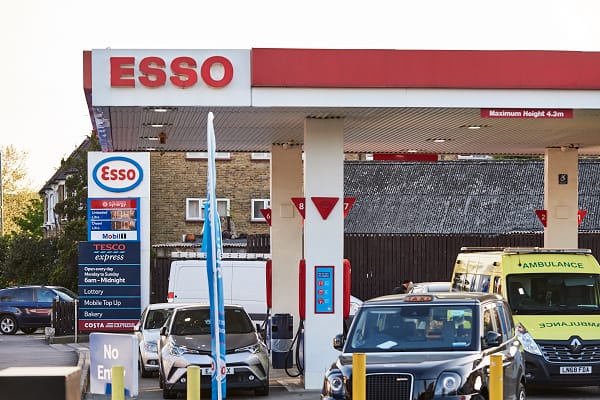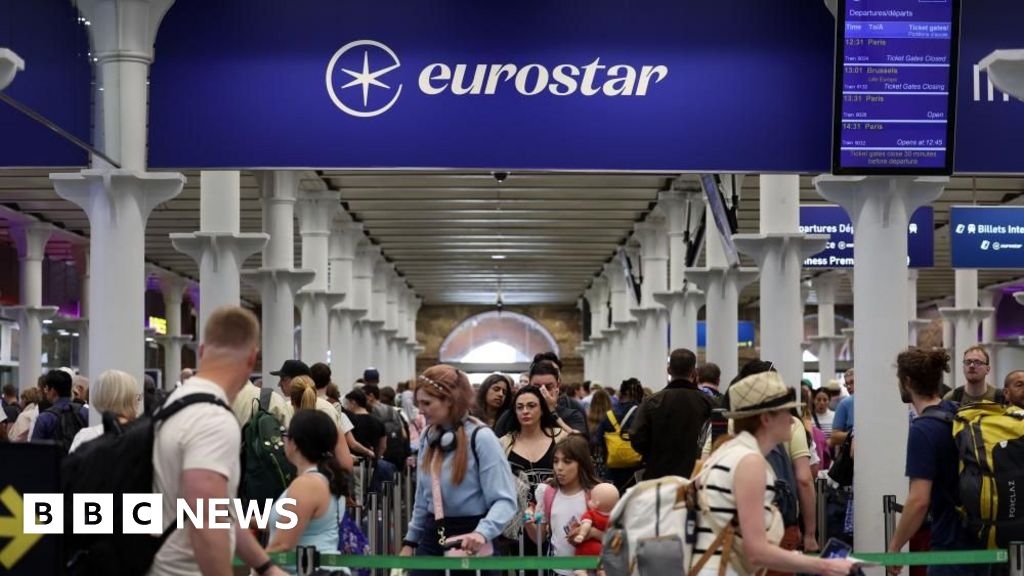Bussiness
Optimising last-mile delivery: Strategies for courier management

In delivery and logistics, the “last mile” of delivery is the final step of the process — the point at which the goods finally reach the customer’s door. Despite its small geographical scope, this last mile can be the most costly and complex part of the entire delivery chain.
Understanding last-mile delivery
The importance of last-mile efficiency
Last-mile delivery is not just about transporting an item to a customer’s doorstep. It encompasses a series of steps including order management, dispatch, transportation, and customer service, all culminating in the actual delivery of goods.
Challenges in last-mile delivery
- High Costs – Last-mile delivery is often the most expensive part of the shipping process due to the intensive labour and time required to complete each delivery.
- Increasing Customer Expectations – Today’s customers expect quick, timely, and often free delivery, adding pressure on logistics systems to keep up.
- Urban Traffic Congestion – In crowded urban areas, traffic can significantly delay delivery times.
- Lack of Visibility – Customers increasingly expect to track their deliveries in real-time, a service that can be difficult to provide effectively.
Strategic approaches to optimising last-mile delivery
Leveraging technology
Route optimisation software
Utilizing advanced algorithms, a transport management system calculates the fastest and most efficient routes for drivers, taking into account traffic conditions, delivery windows, and vehicle capacity.
Real-time tracking tools
By implementing GPS tracking technologies, businesses can provide customers and management teams with real-time updates on the status of their deliveries. This enhances transparency and customer trust.
Improving resource management
Smart dispatching
Automated dispatch systems can assign deliveries based on courier location, capacity, and expertise, leading to more efficient use of human and vehicular resources.
Enhanced training programs
Regular training sessions for couriers can lead to improvements in handling packages, navigating routes, and interacting with customers, all of which can significantly boost the efficiency of last-mile delivery.
Customer-centric strategies
Flexible delivery options
Offering customers choices such as same-day delivery, time-slot deliveries, and the option to reschedule can greatly enhance customer satisfaction and loyalty.
Communication protocols
Setting clear, proactive communication standards for couriers to contact customers regarding their delivery status or potential delays can prevent misunderstandings and improve the delivery experience.
Eco-friendly practices
Green delivery vehicles
Incorporating electric vehicles or bicycles, especially in urban areas, can reduce environmental impact while often improving delivery times through easier navigation of congested streets.
Consolidation of deliveries
Combining multiple deliveries to the same area not only reduces trips but also decreases the carbon footprint associated with last-mile logistics.
Implementing last-mile innovations
Experimenting with drones and autonomous vehicles
Although still in the early stages, drone technology and autonomous vehicles offer exciting potential to revolutionize last-mile deliveries, especially in hard-to-reach areas or during high-demand periods.
Utilising local hubs and lockers
Setting up local distribution hubs or secure lockers near customer locations can streamline the delivery process. Customers can pick up their packages at their convenience, reducing the strain on delivery resources.
The role of data analytics in enhancing last-mile delivery
Harnessing data for improved decision-making
Data analytics plays a pivotal role in transforming last-mile delivery from a challenge into an opportunity for differentiation and growth.
Key metrics to monitor
- Delivery times – Tracking average delivery times helps identify delays and inefficiencies in the delivery process.
- Customer feedback – Analyzing customer feedback can provide direct insights into what works well and what needs improvement.
- Vehicle performance – Monitoring the performance and maintenance needs of delivery vehicles ensures they are operating at optimal efficiency.
Implementing predictive analytics
Benefits of predictive analytics
- Anticipating demand – By predicting busy periods, companies can allocate the necessary resources in advance, ensuring they meet customer expectations without overextending their capabilities.
- Personalised delivery experiences – Predictive analytics can also be used to tailor the delivery experience to individual customer preferences, enhancing satisfaction and loyalty.
Actionable insights for continuous improvement
The ultimate goal of leveraging data analytics in last-mile delivery is to continuously improve the process.
Implementing changes based on insights
- Route adjustments – Real-time data can prompt immediate changes to routes to avoid unexpected delays.
- Customer interaction protocols – Data on customer preferences can help refine how couriers interact with customers, from the timing of notifications to the handling of goods upon delivery.
Building strong courier partnerships: Key to last-mile success
Why courier relationships matter
The success of last-mile delivery heavily depends on the performance and reliability of couriers. These individuals are not just delivery personnel; they are the face of your company during the most critical phase of the customer’s purchase experience.
Strategies for strengthening courier partnerships
Regular communication and feedback loops
Establishing open lines of communication with couriers allows for real-time feedback and insights that can lead to immediate operational improvements.
Providing proper tools and support
Ensuring that couriers have access to the right tools—such as reliable delivery vehicles, smart devices for tracking and communication, and protective gear—can significantly ease their daily challenges.
Recognition and rewards programs
Implementing recognition programs that reward couriers for excellent performance, such as achieving high customer satisfaction ratings or maintaining impeccable safety records, can motivate couriers and reinforce positive behaviours. Rewards can range from bonuses and gift cards to additional days off or public recognition in company communications.
Training and career development
Investing in comprehensive training programs that not only cover the basics of delivery logistics but also include customer service skills, technology use, and health and safety protocols can empower couriers.
Impact of strong courier relationships
Enhanced service quality
Couriers who feel respected and valued are more likely to go the extra mile for customers, literally and figuratively. This can lead to faster deliveries and higher rates of customer satisfaction.
Increased efficiency
When couriers are well-trained and equipped, they can perform their duties more efficiently, reducing the time and cost associated with last-mile delivery.
Improved employee satisfaction and retention
Strong relationships can lead to higher job satisfaction among couriers, which is critical in industries with high turnover rates. Satisfied employees are less likely to seek employment elsewhere, reducing recruitment and training costs.
Conclusion
By embracing these strategies, courier services can not only survive but thrive in the competitive landscape of logistics and delivery.









